Elsevier cover letter template
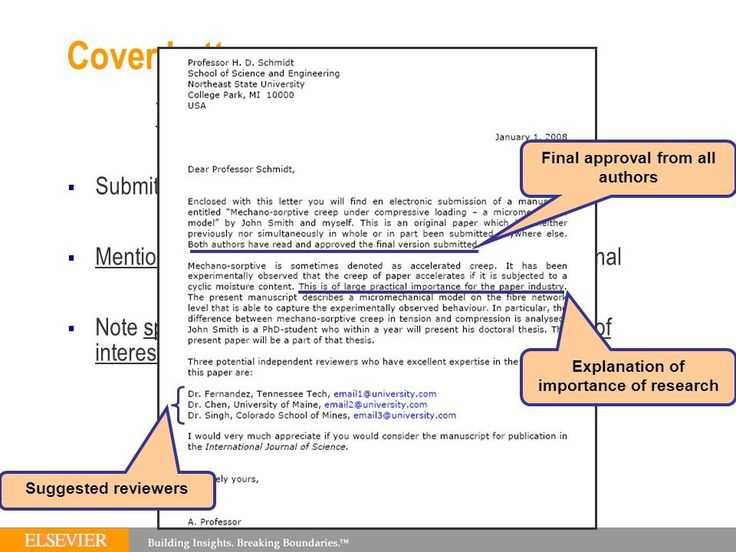
Creating a compelling cover letter for Elsevier submissions requires a clear, focused approach. Begin by directly addressing the editor’s name, if possible, and express your enthusiasm for submitting your manuscript. Make sure to include the title of your work and the journal you’re submitting it to right at the start. This establishes context and immediately provides the reader with essential details about your submission.
State your manuscript’s main findings concisely and explain why it is a good fit for the journal. Highlight the novelty of your research and its potential impact on the field. Avoid jargon, but do provide enough detail to demonstrate your manuscript’s relevance and importance to the journal’s readership.
Next, acknowledge the peer review process and express your willingness to make any necessary revisions based on the feedback. You should also mention any conflicts of interest or funding sources if applicable. Finish your letter with a polite thank you and reiterate your hope for the manuscript’s consideration. Keep your tone professional but approachable.
Elsevier Cover Letter Template: A Practical Guide
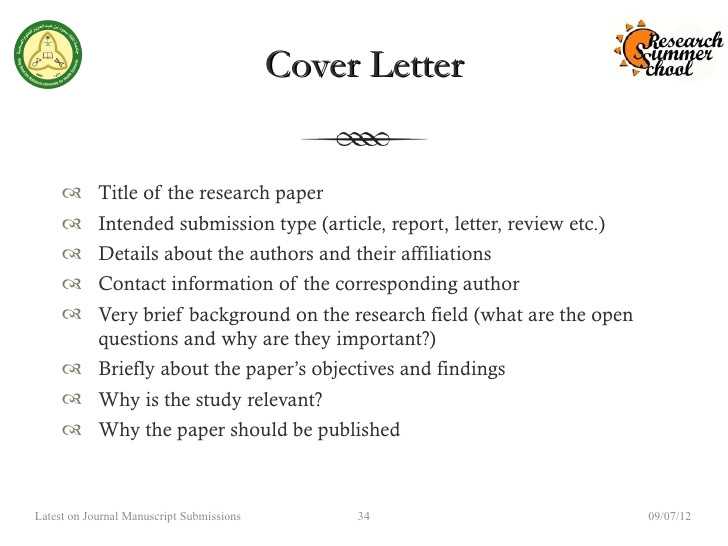
Start by addressing the editor with a formal greeting, using their name if possible. If you’re unsure, “Dear Editor” will suffice. Follow this by introducing yourself and the title of your manuscript. Mention the journal to which you’re submitting your paper, along with a brief explanation of why your work is a good fit for that journal.
Next, describe the main findings or contributions of your research. Be concise but specific, outlining what makes your study relevant and unique. Focus on the most important aspects of your work that align with the journal’s scope and readership.
In the following paragraph, indicate that your manuscript is original and has not been submitted elsewhere. Clarify whether you are submitting the manuscript as part of a special issue, and if applicable, include any additional details regarding its relationship with other research or ongoing projects.
If there are any conflicts of interest, disclose them clearly in this section. If there are none, simply state that you have no conflicts of interest to report. Transparency here is key.
Conclude with a polite closing statement, expressing gratitude for the editor’s time and consideration. Offer to provide any additional information if needed and express your willingness to answer questions about your manuscript.
Crafting a Compelling Opening for Your Submission
Your opening should quickly grab the editor’s attention. State your submission’s purpose clearly, without unnecessary fluff. Begin by mentioning the title of your manuscript and its primary goal. Avoid vague or generic phrases; editors appreciate specificity and clarity.
Consider these points when structuring your opening:
- Be direct and specific: Mention the main topic or focus of your work. State why it matters and how it contributes to the field.
- Avoid excessive background: Keep the context minimal and focused on what makes your research stand out.
- Show relevance: Briefly explain the significance of your work and how it aligns with the journal’s scope and objectives.
Write in a confident tone, addressing the value your work brings to the academic community. Editors receive numerous submissions, so make sure your opening immediately communicates that your manuscript is worth their time.
Key Information to Include in the First Paragraph
Begin your cover letter by clearly stating the position you’re applying for and how you found out about the opportunity. Mention the specific role title and, if applicable, reference the job posting or someone you know within the company. This creates a direct connection to the employer and shows you’ve tailored your application. Keep it concise and direct to establish the purpose of your letter from the very start.
State Your Purpose Early
In the first sentence, make it clear why you’re writing. Avoid vague or generic openings. For example, “I am applying for the Senior Data Analyst position at XYZ Corp, which I discovered on your website.” This gives context right away and sets a professional tone.
Connect to the Employer
If applicable, briefly mention your motivation to apply for the specific company or role. You could highlight how your skills align with the job description or express your enthusiasm for the company’s mission. This establishes a personal connection, showing that your application is thoughtful and intentional.
How to Highlight Your Research and Contributions
Focus on the specific outcomes of your research. Mention the key results and how they contribute to solving existing challenges or advancing knowledge in your field. Use concrete examples to demonstrate the impact of your work.
Provide Clear Evidence of Your Work’s Significance
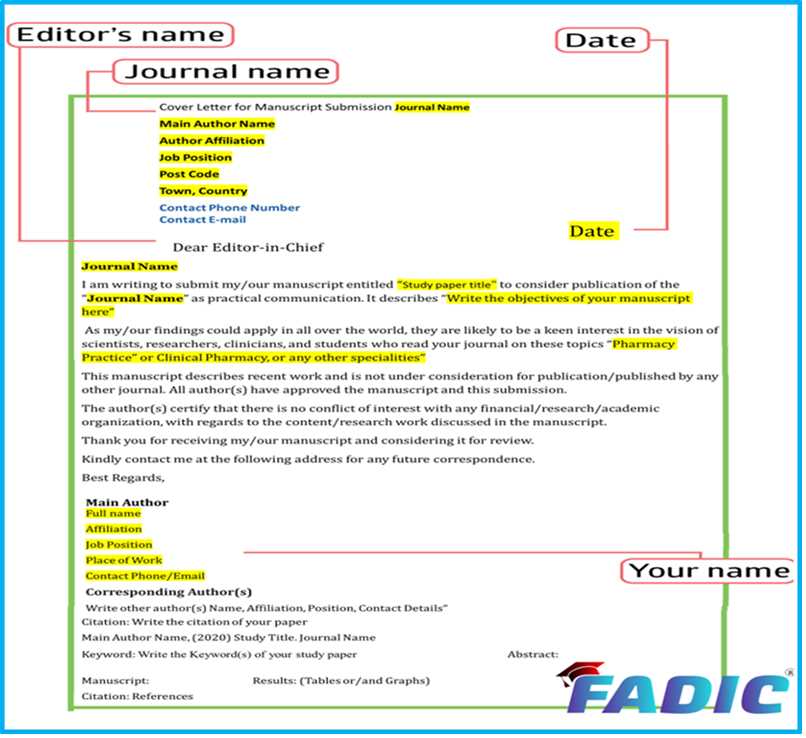
Present data that shows how your research has influenced the current understanding of your topic. This could be through publications, citations, or applications in real-world scenarios.
- Include the number of times your work has been cited, if applicable.
- Describe any awards, recognitions, or collaborations that stemmed from your research.
Highlight Key Skills and Techniques Used
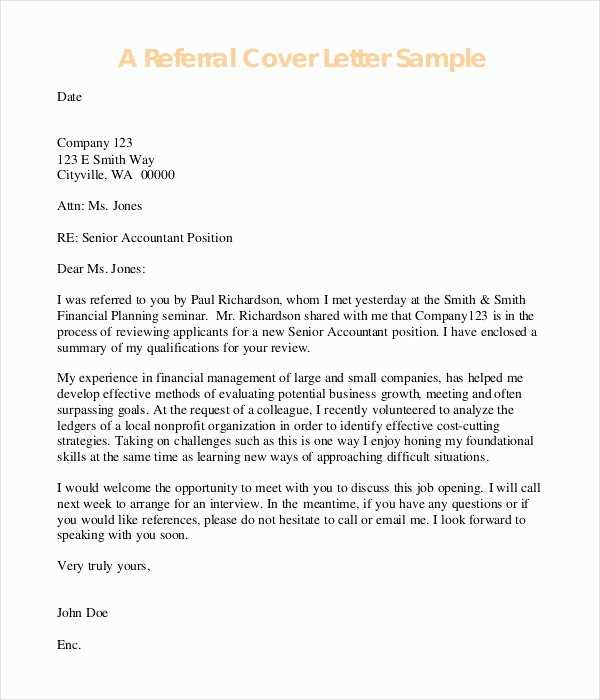
Showcase the specific methods, tools, and techniques you used in your research. Demonstrating technical expertise can help position you as an authority in your area.
- Discuss any innovative methodologies you developed or applied.
- Explain how your research fills a gap or opens new possibilities for future exploration.
Demonstrating Relevance to the Journal’s Scope
To effectively demonstrate the relevance of your manuscript to the journal’s scope, focus on aligning your research objectives with the journal’s thematic priorities. Begin by referencing the journal’s aims and scope directly, indicating how your study contributes to ongoing debates or addresses current gaps within that scope.
Explicitly state how your research fits within the journal’s target audience and how it can inform or advance the specific field it covers. Use key terms and concepts from the journal’s description to highlight this connection. Avoid generic phrases that do not add specific value.
Provide Specific Examples
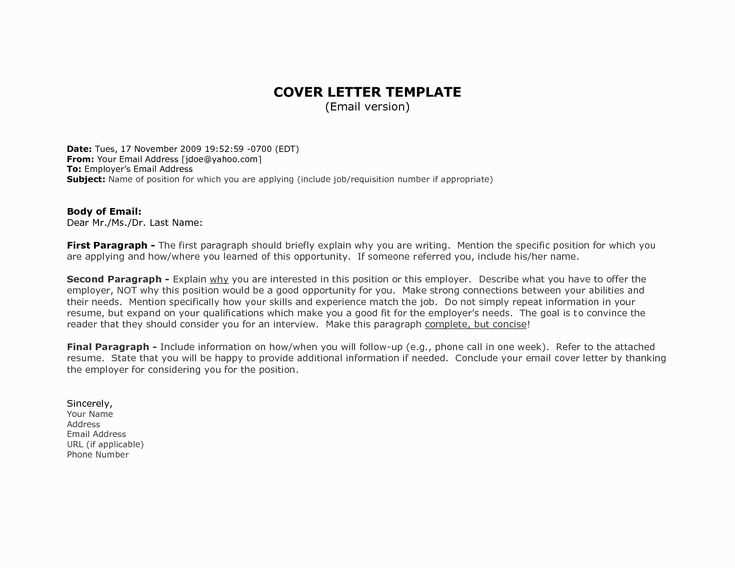
Illustrate your manuscript’s relevance with concrete examples. For example, if the journal focuses on a specific methodology, highlight how your study employs or critiques this method. Alternatively, if the journal addresses a specific issue, show how your findings contribute to understanding or resolving that issue. Directly tie your research outcomes to these examples.
Address the Journal’s Prior Publications
Another strong way to demonstrate relevance is by referencing previous articles or special issues published by the journal. This shows you understand the types of studies the journal publishes and reinforces the fit of your research. Relate your study to these papers, discussing common themes, contrasting approaches, or new angles your work brings to the table.
| Journal Priority | Your Contribution |
|---|---|
| Specific Research Area | Demonstrate how your study contributes to advancing understanding in this area. |
| Methodological Approach | Highlight your use of innovative or well-established methods relevant to the journal’s focus. |
| Current Issues in the Field | Connect your findings to pressing issues that the journal is dedicated to exploring. |
By making these connections clear and direct, you increase the chances of your submission being seen as a valuable contribution to the journal’s ongoing discourse.
Formatting and Structuring Your Cover Letter for Submission
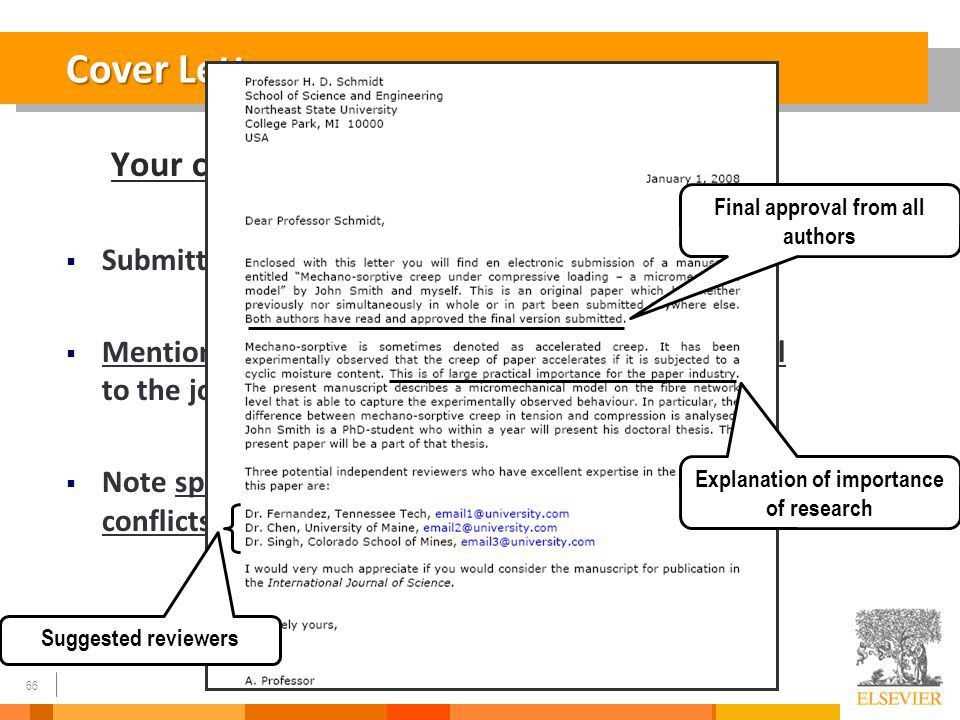
Begin with your contact information at the top, followed by the recipient’s details. Ensure the formatting is clear and concise. Keep the alignment consistent, placing your name, address, and email in a professional, easy-to-read format. Add the date below your details, aligned left.
The salutation should address the recipient by their title and last name, such as “Dear Dr. Smith,” if known. If you don’t have a specific name, “Dear Editorial Team” is acceptable. Avoid generic phrases like “To Whom It May Concern.”
In the first paragraph, briefly introduce yourself and explain your purpose. Include the title of the article you’re submitting and mention any relevant prior communication. Keep it short and direct.
In the second paragraph, highlight your qualifications and the significance of your work. Focus on why your submission is a strong fit for the journal, providing key points that connect your research to their focus areas.
End the letter by expressing gratitude for the opportunity and stating your hope for positive consideration. Close with “Sincerely” or “Best regards,” followed by your full name. Leave space for your signature if submitting a hard copy.
Ensure the letter is no longer than one page and formatted using standard fonts like Arial or Times New Roman in size 12. Use single spacing and leave a clear margin on all sides.